Introduction au pain au curry
Faites-vous partie de ces personnes qui aiment manger du pain japonais ? Avez-vous entendu parler du pain au curry quelque part ou même dans certains anime et émissions japonaises ? Si ce n’est pas le cas, je vais vous guider à travers cela.
Le pain japonais au curry ou Kare pan est un pain japonais qui utilise le curry comme garniture. Les Japonais enveloppent ou placent le curry à l’intérieur du pain, puis ils le cuisent au four ou le fritent. Bien qu’il n’y ait pas de définition fixe, la plupart des produits commerciaux sont servis frits ou cuits au four dans une pâte. C’est un pain d’accompagnement célèbre, et les produits des grands fabricants sont vendus dans les supermarchés et les supérettes. C’est souvent une spécialité des boulangeries de la ville.
De nombreux plats japonais, y compris le kare pan, sont connus mondialement. Maintenant, apprenons davantage sur le pain au curry.
Étymologie

Il y a juste une signification simple ou étymologie pour ce plat japonais. Le pain au curry (カレーパン) ou « Kare pan » en japonais a des caractères katakana (片仮名) dessus. Le « Kare (カレー) » signifie curry en anglais et « Pan (パン) » signifie pain.
Qu’est-ce que le pain au curry ?

Le pain au curry (カレーパン) ou Kare pan est un type de pain d’accompagnement japonais qui utilise le curry comme ingrédient. Curry enveloppé ou placé dans du pain et cuit ou frit. Ensuite, le kare pan original aurait été inventé à la boulangerie Cattlea de boulangerie Cattlea de
en 1927.
Ce pain au curry est apprécié de tous, des jeunes aux personnes âgées. Le goût est assez exquis, et le curry se mêle harmonieusement au pain. Le curry à l’intérieur a ses types, tels que le curry keema, le curry de bœuf et l’œuf dur.
Histoire du pain au curry
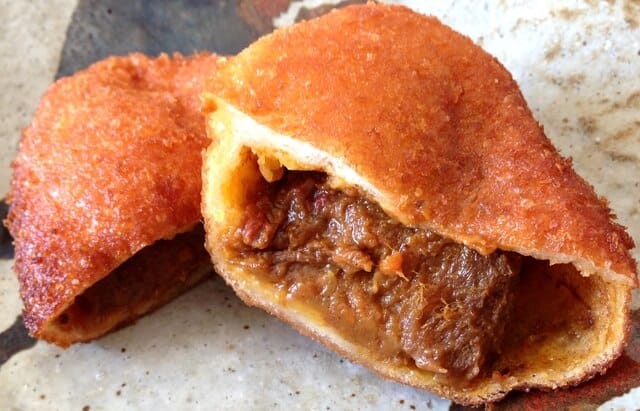
There are various theories about its origin, but some say that Western bread is the originator. This bread was a utility model in 1927 by Toyoji Nakata, the second generation of « Meikado » in Tokyo. However, the new plan was to « fry bread with ingredients like tonkatsu » and did not include the words of curry at all.
On the other hand, in « Denmark Brod » (founded in 1934) in Nerima Ward, the founder invented curry bread. He had come up with the idea of selling curry sandwiches first and then frying them. Western food is becoming popular around here, and it seems that there was a background of the times when all the vendors were devising Japanese Western food menus simultaneously.
There is also a theory that the Indian independence activist Las Bihari Bose, who Shinjuku Nakamura welcomed in 1916, introduced pure Indian curry to the restaurant and was inspired by Aizo Soma. All restaurants have existed and continue to convey their taste.
Curry Bread Recipe
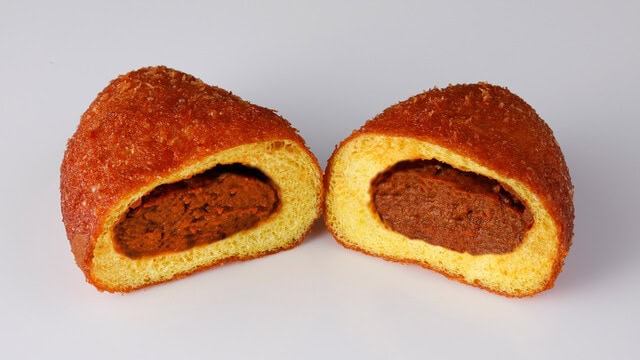
The curry bread recipe will be longer for this one because we have to make the whole process of making the kare pan. First, we need to know what are the curry bread ingredients. You will need bread flour, granulated sugar, salt, vegetable oil, milk, and instant yeast for its dough. In addition, you will need ground beef, onion, garlic, carrot, potato, salt, roux blocks, and water for the curry filling. For the breading, you will need panko breadcrumbs, egg, and vegetable oil.
How to Make Curry Bread?

Making the Dough
In a large bowl, add the flour, sugar, and salt. Mix well.
Add the oil, milk, and yeast. Mix to form a shaggy dough.
Turn the dough out onto a countertop and knead for 2-5 minutes until it’s smooth and elastic.
Lightly oil the surface of the dough and place it in a bowl. Cover and allow it to proof in a warm place for 1 hour or until doubled in size.
Cooking the Filling
In a skillet, on medium heat, sauté ground beef until most of the beef is browned. Add onions, garlic, and salt. Sauté another 3 minutes.
Add carrots and potatoes. Mix well. Add two tablespoons of water. Cover and reduce heat to low. Cook until the potatoes are almost done.
Add curry roux blocks and 2-3 tablespoons of water. Stir until the blocks are melted. Add more water, one tablespoon at a time, if needed.
Remove from heat and allow to cool completely.
Shaping the dough
Divide the rested dough into six equal pieces.
Press the gas out of the piece of dough and draw up the edges to form a parcel. Turn the dough over with the pinched side down. Using cupped hands, shape the dough into tight balls.
Roll a dough ball into a 5″ diameter circle. Place 1-2 T. of cooled filling in the middle. Draw up two edges of the circle of dough to the middle and pinch to seal, forming a football shape.
With the seam facing down, gently roll the dough to flatten and seal the seam.
Panko Coating
Firstly, in a shallow pan, lightly beat an egg.
Next, place the panko into another shallow pan.
Then, place the curry bread into the egg wash. Turn to coat.
Enfin, presser légèrement dans le panko, puis placer sur un carré de papier sulfurisé.
Friture
Firstly, heat oil to 320˚F.
Then, place the bread along with the parchment paper into the oil. Gently remove the paper—Fry for 2 minutes on each side, or until golden brown.
Lastly, drain the bread onto to rack to drain any excess oil. Serve warm.
What are the Types of Curry Bread?

The types of curry bread are broadly divided into fried and grilled. Other criteria for classification include bread shape, spiciness, color, roux shape, and bread texture. The combination is infinite, and there are many other things like the presence or absence of navels and angel rings.
What are the Manners when Eating Curry Bread?

Oil may be attached to the hands and mouth after eating kare pan. If you leave it as it is, it may stain the surrounding area, so wash it properly. Avoid wearing white clothes when eating kare pan. The kare pan immediately after warming is very hot, so be careful not to get burned. Moreover, for a kare pan with a navel or angel ring, be sure to check the position of the navel and eat it upward. Curry may leak if you put your navel or angel ring down.
How to Eat Curry Bread?
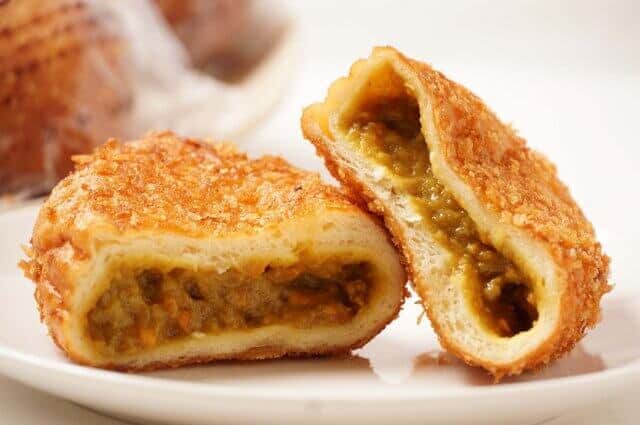
When you eat curry bread, hold it with your bare hands. Curry bread is something you can enjoy with all five senses. Therefore, the oil condition that you feel by hand is also an essential feature of curry bread. You can enjoy the characteristics of each kare pan while holding it in your hand and feeling the condition of the bread.
Recommended Curry Bread Bakery Shops
Boulangerie Seiji Asakura
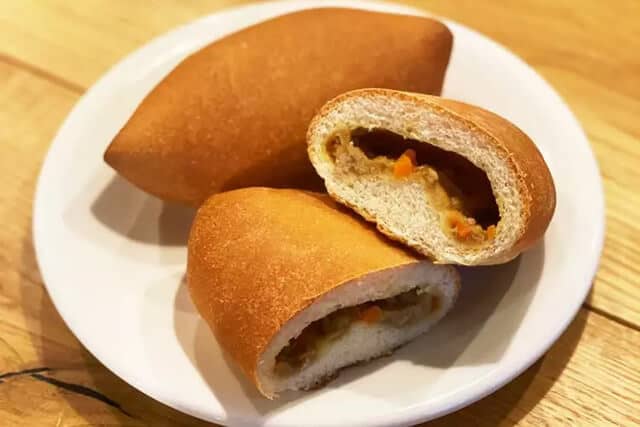
If you take a walk toward Izumidake Temple, you will see a red shop on the way. When you open the shop’s door, you will find a wide variety of bread lined up in a small shop. Customers come in one after another within a minute of entering the store. Their bread sells well, so it’s natural to have freshly baked bread lined up all the time.
Consequently, that is why the temperature inside the store was a little warm. Their specialty, called « cheese curry bread, » has a texture similar to champagne and is baked without frying. The dough is chewy and chewy, and the top is covered with cheese in addition to the contents, giving it a slightly sour taste.
Tenma Aoyama store

The shop has a take-out corner, so if you want to eat only curry bread, the shop recommends purchasing from the take-out window. At noon, they replenish the fried bread so that you can have crispy kare pan at any time. The round shape and flaky dough make you want to stick to it immediately. Subsequently, there are four types: beef, butter chicken, soft-boiled egg, and dry keema.
Cattlea
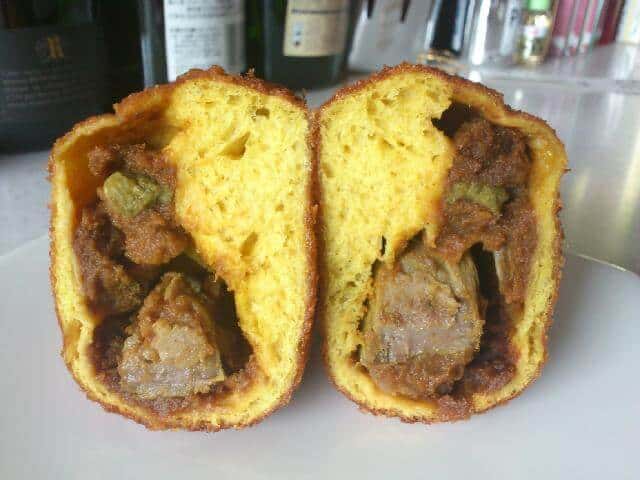
Cattlea is a bakery in the city that many locals have loved for many years. It is the birthplace of the original kare pan or curry bread. Moreover, Cattlea’s curry bread has a crispy texture and a spicy Japanese-style curry. The shop recommends getting the hot fried bread, but even if you freeze the kare pan in the freezer and then reheat it in the microwave, the taste is almost the same as when it is hot.
Tokyo Marriott Hotel Pastry & Bakery GG Co.

Pastry & Bakery GG Co. offers the best match between the curry made by the chef and the dough with tapioca powder as a secret ingredient. Despite being close to Shinagawa Station, it is a hidden space surrounded by gardens and museums where you can escape from the hustle and bustle of the city. After passing through the entrance of the Tokyo Marriott Hotel, go to the right, and you will see Pastry & Bakery GG Co.
Il se caractérise par une forme allongée facile à déguster d’une main sans se salir les mains. La pâte utilise de la farine de tapioca en plus de la farine de blé pour lui donner une texture moelleuse. Elle est similaire à une pâte de beignet, mais la douceur, différente de celle des snacks, apparaît doucement après le doux arôme de blé.
The shop combines beef tendon, carrots, onions, and celery; then, they simmer it. They also stewed it with plenty of wine and fruits; it has a rich flavor. It is a medium spicy taste that even people who are not so good at spiciness can eat deliciously. They use many vegetables and 15 kinds of spices and the « Vegan Curry Bread » is also available.
Conclusion

Au Japon, le pain au curry japonais est facile à manger et donne envie de manger. On peut préparer du riz au curry à la maison, mais il est préférable de le déguster dans un établissement spécialisé lorsqu’il s’agit de pain. Les locaux mangent ce kare pan comme en-cas ou comme repas. Dans l’ensemble, le pain au curry japonais ou Kare Pan est la star des pâtisseries dans les boulangeries japonaises, avec un délicieux remplissage de curry, une texture élastique et moelleuse, et une légère enveloppe croustillante. Les légumes et fruits fondants dans une pâte croustillante et un roux de curry épicé offrent un goût profond. Dès que l’on pense à sa texture croustillante et à son arôme épicé, on ne peut s’empêcher de le dévorer. Tout le monde adore le kare pan ou pain au curry.
FAQ
Qu’est-ce que le pain au curry ?
Curry Bread is a popular Japanese pastry consisting of soft dough filled with curry and deep-fried or baked until crispy.
Le pain au curry est-il toujours frit ?
Traditionnellement, il est frit, mais de nombreuses boulangeries proposent désormais des versions cuites au four qui sont plus légères et moins grasses.
What kind of curry is used?
Un curry japonais doux avec de la viande hachée et des légumes est le plus courant, bien que certaines boutiques proposent des mélanges épicés ou uniques.
Where can I try good Curry Bread?
On peut le trouver dans la plupart des boulangeries japonaises, des supérettes et des magasins spécialisés connus pour leurs pains au curry uniques ou gourmets.
Est-ce que le pain au curry est toujours frit ?
Generally, it is mild, but some bakeries offer spicy versions for those who enjoy stronger flavors.
Can Curry Bread be eaten cold?
Oui, mais il est meilleur chaud. Le réchauffement au four ou grille-pain restaure son croustillant.
Est-ce que le pain au curry est végétarien ?
La plupart des versions contiennent de la viande, mais certaines boulangeries proposent des garnitures végétariennes. Mieux vaut vérifier les ingrédients avant d’acheter.
Can I buy Curry Bread as a souvenir?
Certaines boutiques vendent des pains au curry emballés ou congelés adaptés pour être ramenés chez vous, bien que les frais soient meilleurs consommés sur place.
Le pain au curry convient-il aux enfants ?
Yes. Because the curry is usually mild and the bread is soft, it’s popular among children.
Does it contain allergens?
Le pain au curry contient généralement du blé, des produits laitiers et parfois des œufs ou de la viande. Les personnes allergiques doivent vérifier les étiquettes attentivement.
Y a-t-il des variétés régionales ?
Oui. Certaines régions utilisent des ingrédients locaux tels que du bœuf spécial, du curry épicé ou des revêtements de pain uniques.
How should I reheat Curry Bread?
Pour de meilleurs résultats, le chauffer dans un four ou un four à toaster pour restaurer sa texture croustillante sans le rendre gras.
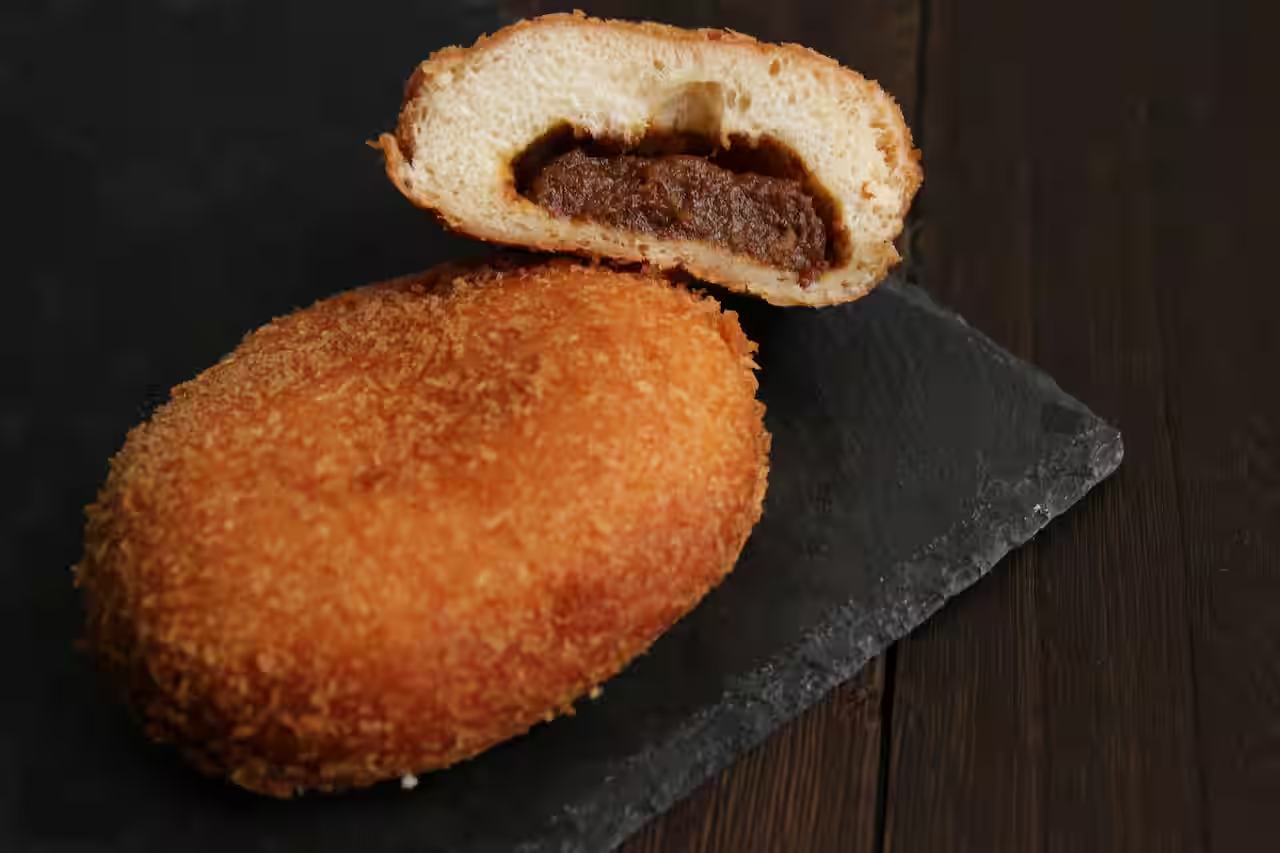
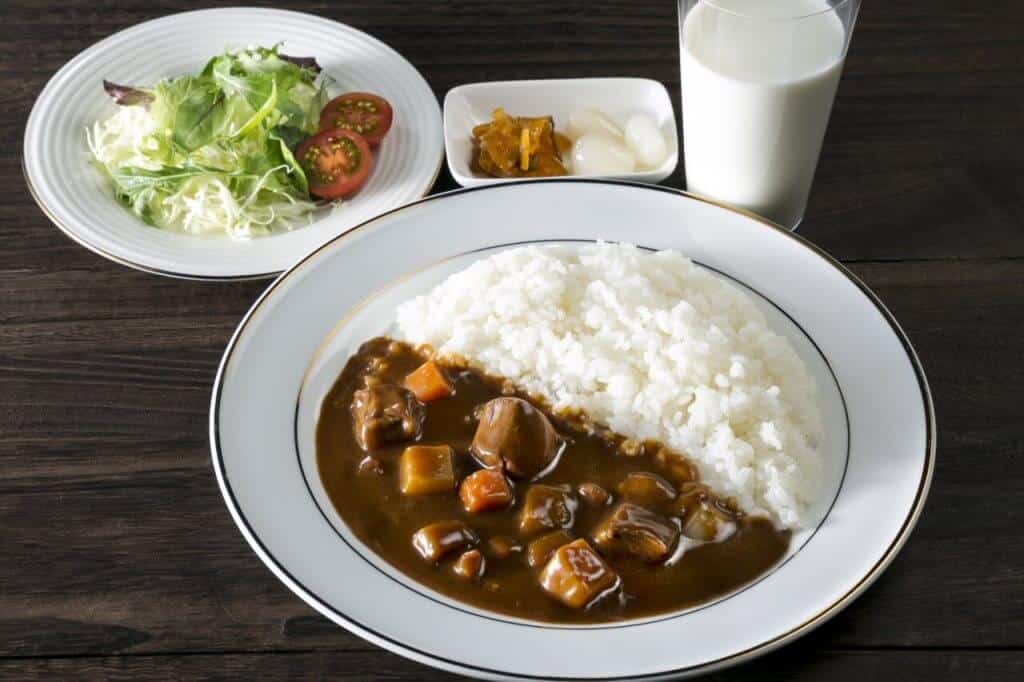
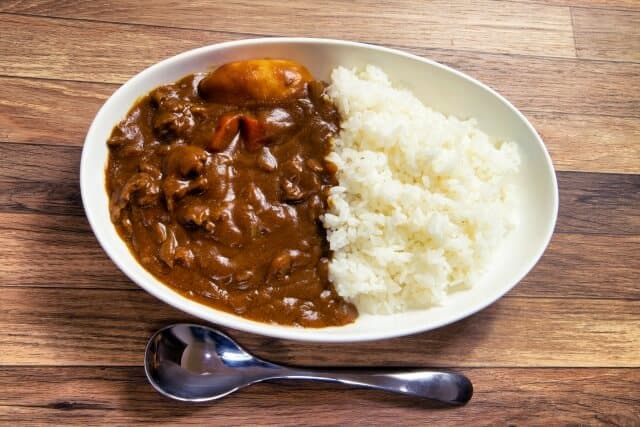






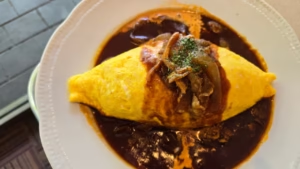
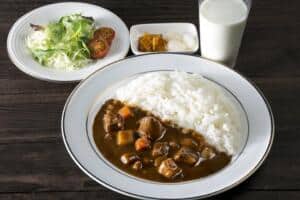
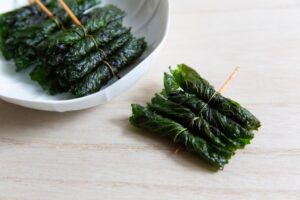
コメント